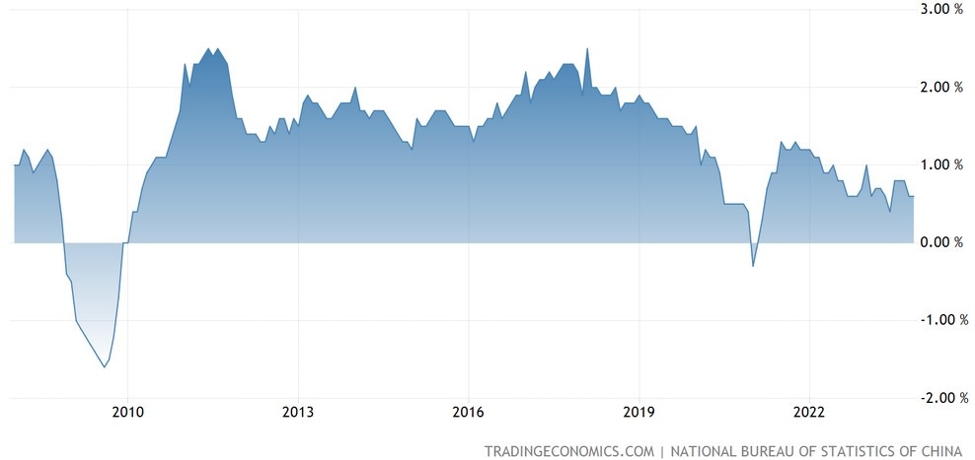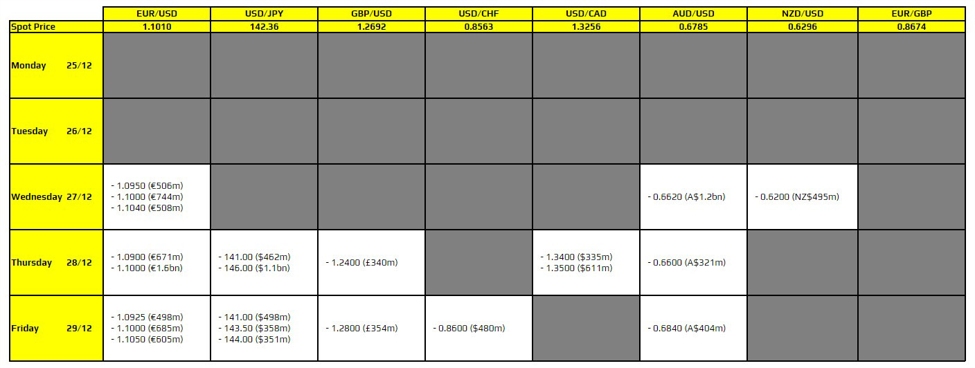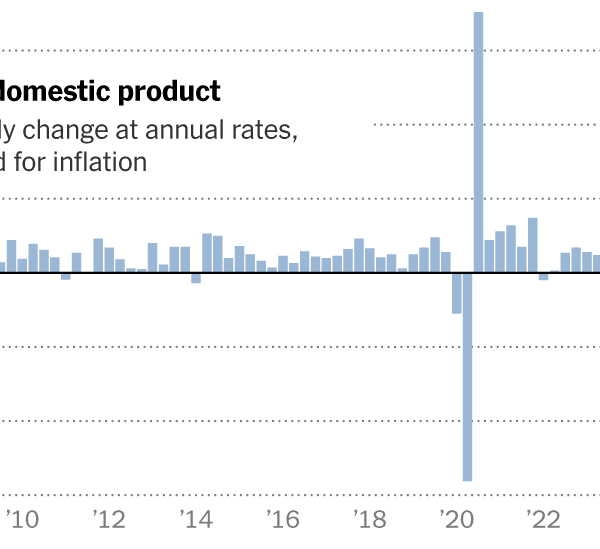The crypto fuss has been around since 2009, with the creation of the first token, but only started gaining much popularity between 2013 and 2017. By March 2010, the value of Bitcoin was less than $0.01, but by the end of 2013, it had surpassed $1200. When you look at Bitcoin in 2025, the value is over $85,000. In fact, the token has already hit an all-time high of $109,026.
However, we are not focusing on Bitcoin alone as we aim to look at different crypto and their popularity. Before 2017, there were less than 3000 tokens, but by March 2025, crypto tracking platforms like CoinMarketCap suggest that there are more than 25,000 existing crypto tokens. When it comes to the number of users, the increase is unmatched. By 2020, there were approximately 66 million global users. However, by 2024, there were over 560 million users globally. But why are more people growing even more fond of these digital assets?
Increasing institutional interest
The interest of institutions in crypto markets has continued to surge recently, with recent surveys backing this up. A joint survey between EY-Parthenon and a popular crypto exchange platform reported that at least 83% of institutional investors are planning to increase their crypto exposure in 2025. According to the report, many investors bank on the view that cryptocurrencies are some of the biggest opportunities for coming up with big risk-adjusted returns over the next three years.
During an interview, the chief of digital assets at BlackRock, Robbie Mitchnick, said that the price of Bitcoin might increase because institutional adoption is increasing. However, this adoption is yet to be reflected by the token’s price. Robbie continued to say that major institutions like Avenir Group, JPMorgan and Barclays are increasingly investing in the company’s iShares BTC Trust (IBIT).
North America remains the biggest crypto market globally, with 22.5% of all global activity in the period between July 2023 and June 2024 coming from this region. Chainalysis reports that most of this activity is fueled by institutional activity. Now more than ever, the region’s crypto climate is dotted with a huge institutional momentum.
The increasing popularity of stablecoins
Stablecoins have been gaining a lot of popularity all around the world, especially where there is monetary instability and/or limited accessibility to the USD. Regions like Sub-Saharan Africa have especially embraced these stablecoins to a high degree. According to Digital Watch Observatory, stablecoins now represent 43% of Africa’s crypto market.
But why have these stablecoins (especially the ones linked to the USD) become that popular?
Unlike the high degree of volatility seen in crypto like Bitcoin and others, stablecoins (just as their name suggests) have a fair share of stability. Stablecoins are pegged 1:1 to less volatile assets like commodities or fiat currencies in a bid to maintain consistent and predictable value.
In Sub-Saharan Africa, USD-pegged stablecoins like USDT and USDC have been gaining traction, offering individuals and businesses alike a reliable way to:
- Store value.
- Support cross-border trade.
- Facilitate international payments.
According to Chris Maurice, CEO and founder of a leading crypto exchange in Africa, about 70% of African countries are facing an FX shortage, and many businesses are unable to get access to the much-needed operational dollars. Therefore, stablecoins have come to ease that burden and allow businesses to operate and grow.
Other regions like Latin America have also embraced stablecoins as a hedge against local monetary instability. In fact, Latin America and Sub-Saharan Africa are the fastest-growing regions for retail and professional-sized stablecoin transfers. Chainalysis reports that both their YoY growth is above 40%. Eastern Asia follows closely with a 32% YoY growth rate, and Eastern Europe with a 29% growth rate.
More merchants are accepting crypto
Recently, many merchants have been increasingly accepting crypto payments. For example, a piece by Reuters explains that the soaring value of Bitcoin has caught the attention of fashion brands from all over. Several luxury brands, including Gucci, TAG Heuer, Balenciaga, Farfetch, and others, have started incorporating cryptocurrency as a method of payment.
In the last quarter of 2024, the French luxury department store Printemps announced that it was working together with the world’s largest crypto exchange and Lyzi (a French financial tech company) to accept crypto as a mode of payment. The department store has become Europe’s first to do that. Right now, the merchant accepts Bitcoin and Ethereum.
The move by Printemps has influenced other brands, and they have been showing interest in joining the bandwagon. For instance, S.T. Dupont, a luxury lighter and pen maker, told Reuters that they were planning to start receiving crypto payments before the holidays. Additionally, Virgin Voyages started offering products that accept Bitcoin as a payment option.
By the fact that merchants are joining in the crypto frenzy, more people are starting to see the sense of investing in crypto. Crypto offers secure payments that are speedy and cheap. Crypto payments are especially good when it comes to cross-border payments as they cut down the time and cost experienced when using traditional forms of payment.
As we wrap this up, it is quite clear that different moves in the economy are giving people the confidence to invest in digital assets. The fact that more institutions and merchants have now started incorporating crypto into their dealings makes these tokens even more desirable. As the days go on, we are bound to see more people adopting cryptocurrency and making them part of their day-to-day lives.















